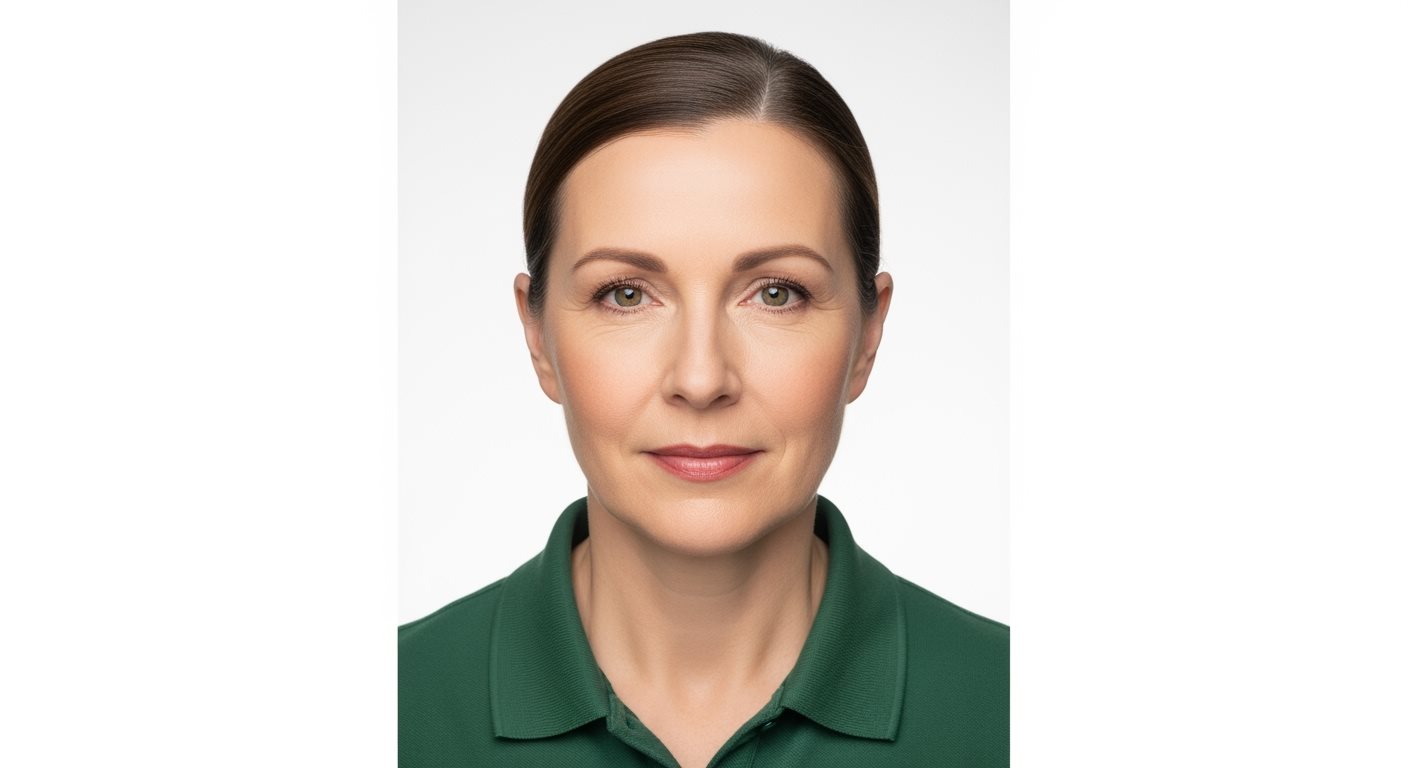Complete guide to Uganda eVisa photo background requirements. Learn about white background standards, lighting techniques, shadow elimination, and how to create the perfect backdrop for your visa photo.

The background of your Uganda eVisa photo is critical for application approval. A proper white background ensures your photo meets international passport photo standards and allows immigration officials to clearly verify your identity. Incorrect backgrounds are one of the leading causes of visa photo rejection.


Position near large window with soft, diffused daylight. Avoid direct sunlight.
Face the window with background behind you. Light should illuminate face evenly.
Stand 2-3 feet from background to minimize shadows on the backdrop.
Shoot during midday for most even, soft natural light conditions.
Use soft, diffused light source in front of subject. Avoid harsh direct lighting.
Optional: Add light behind subject to illuminate background evenly.
Use reflector or second light to fill shadows and create even illumination.
Ensure all lights are same color temperature (daylight or tungsten).
| Problem | Cause | Solution | Prevention |
|---|---|---|---|
| Shadows on background | Too close to background or harsh lighting | Move further from background, use softer lighting | Position 2-3 feet from backdrop |
| Colored or tinted background | Wrong background color or lighting | Use pure white background, adjust white balance | Test background color in different lighting |
| Uneven background lighting | Poor lighting setup | Add background lighting or use larger light source | Use diffused, even lighting |
| Visible texture or patterns | Wrong background material | Use smooth, plain white surface | Choose appropriate background material |
| Objects visible in background | Insufficient background coverage | Use larger background or change position | Ensure background covers entire frame |
| Background appears gray | Underexposed or poor lighting | Increase lighting or adjust camera exposure | Use adequate lighting for white background |
Background should be consistently white throughout with no color variations.
Look carefully for any shadows, especially around head and shoulders area.
Ensure good contrast between subject and background for clear definition.
Background should fill entire frame with no edges or objects visible.
Use photo editing software to check RGB values. Should be close to 255,255,255.
Background should show peak at right side of histogram (bright values).
Use magic wand tool to select background. Should select uniformly.
Check how background appears when printed to ensure it remains white.